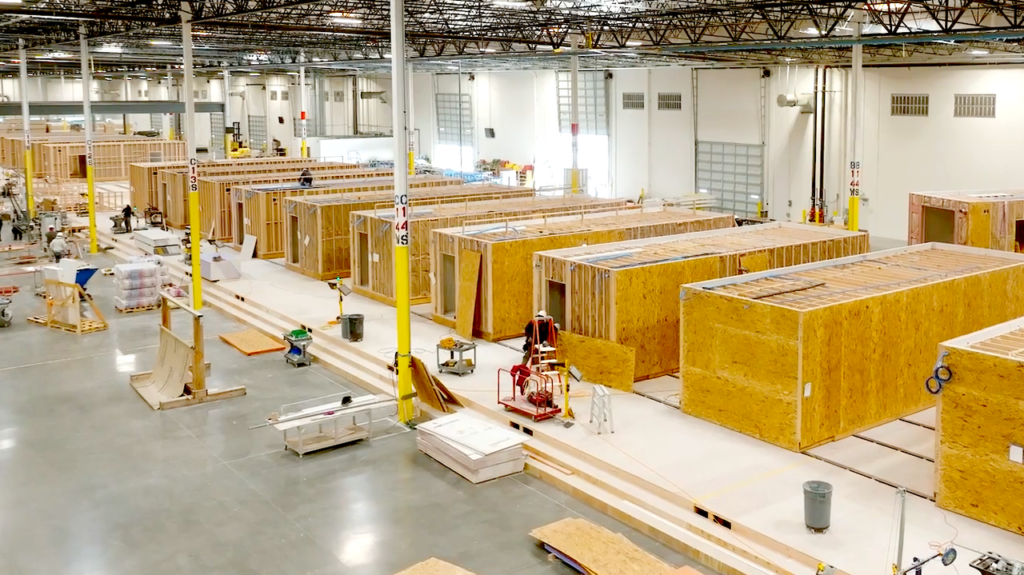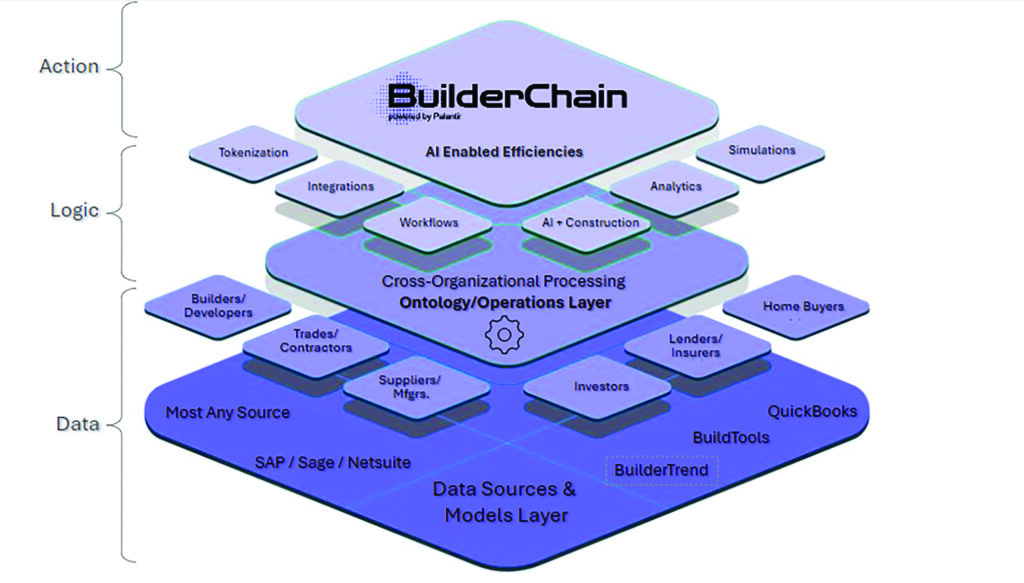Here are six actions you need to take to get started with this technology. Ignore them at your peril.
Last month, I wrote an introduction to Artificial Intelligence (AI). It was a broad overview of the technology and its main benefit; namely, that it can be used to reduce or eliminate constraints that are impacting your business results.
In this article, I will describe the types of AI and offer some advice on getting started.
Types of AI
There are several categories of AI. Generative AI is the most common used by builders, and it will generate content that could be anything from text to images or sound. For instance, if you ask Chat GPT to name the most promising markets for modular construction, and if the query is well-structured, it will return a long list of markets with reasons why you should consider each. You can also use Generative AI to suggest ways to optimize a construction process, to make a design better, to improve quality control, or to better manage logistics.
Other types of AI include Machine Learning, Artificial Super Intelligence, General AI, Robotics and Expert Systems. There are many more. Each is defined by how it processes data and what it does. I don’t have the time (or space) to elaborate on each one here, but will do so in future columns.
Generative AI can be used to improve any number of workflows. These range from supply chain management to compliance issues, to process improvements (like designing a process to install cabinets faster or suggesting efficiency improvements like building certain units before others) and much more.
It can also help optimize purchasing and supply chain management. Continual analysis of what parts to buy from which suppliers is tedious, but it’s something that an AI Platform can do quickly and cheaply.
Of course, this technology won’t do everything: for instance, it can’t speed up the rate at which drywall compound dries. However, it might be able to suggest tasks a specific modular factory can do while waiting for the compound to dry.
The first place to leverage AI is on your biggest roadblock. What are the things that are holding your company back from making more money? Usually that is where you have the biggest backlog of work in progress.
Over the next year, we will dive more deeply into specific roadblocks you might want to tackle.

Ensuring Good Results
Most everyone has some awareness of AI, and most have used it in some form even if they didn’t know it. For instance, leading search programs offer AI-powered results.
Of course, AI makes headlines periodically by returning junk data, but the way to avoid that is to use an AI platform that relies on grounded sources: reliable, verifiable and contextually accurate data or information. This ensures that the AI will make decisions and produce outputs that are based on factual, real-world data rather than on hypothetical or unverified information.

How do you know that your AI program is using grounded source data? That’s where a solution provider comes in.
A good solution provider will get you access to a grounded source AI; for instance, my company uses Palantir Technologies (PLTR:NYSE) which is a vast and global platform. A solution provider will also help you define your goals, write queries to use with the AI Platform and help you understand the results, as well as the strategy needed to implement those results. This type of company is an essential partner that will help you get the most from your AI efforts.
How to Get Started
The first question most potential users have is how much an AI effort will cost. The answer is that there are various pricing models, including those that charge by the compute second. These charges can add up for complex problems, but what matters is the ROI. Look for an ROI of, at minimum, 4x the investment.
If you’re ready to move forward with this technology, here are six things you need to do:
1. Identify your roadblocks. Meet with your team, investors, etc., to determine what problem you want to solve. Consider the complete day in the life of the operation, from presales to post warranty. Include your engagement with prospects, customers, trades, investors, developers and outside people like inspectors. What’s costing you time or money, or slowing down your sales?
You may conclude that you need a bigger database of prospects. You may need more labor resources, or more space to set units for drying as the drywall is being finished. Or you may conclude that you need a second location 100 miles away in another city. The important thing is that you confirm the constraints and issues you are trying to solve.

2. Procure knowledge. Learn whatever you can about artificial intelligence, even if it’s just the basics. Consider contacting someone, like me, who will give you information without selling or pushing you to make decisions. My passion is raising the bar for knowledge and professionalism in residential construction.
3. Find a provider. As mentioned above, you need a solution provider that can help you think outside the box and who has access to a global, well-respected platform.

If you want rapid growth and profitability, you need to be willing to change. AI can save you money and time while your competitor is complacent, hanging around with their head in the sand. A good provider will help you make this change.
4. Estimate ROI. Confirm that the solution you decide to use does not lock you into long-term contracts or handcuff you in any way. Again, you should aim for an ROI of at least 4x the investment — for instance, if you spend $20K you’ll want to save $80K. If you think that’s unrealistic, consider that Lennar spent $10 million on its AI effort and saved $5 billion.
AI can help manage costs, including for pieces, parts, labor, services and fees. AI can help you sell more, lower costs or speed up the process. Take advantage of it.

5. Implement the solution. Pursue solving the constraints. If customers are complaining about slow warranty responses and the AI suggests a new workflow for your warranty staff that will make them more responsive, then put that new workflow into practice and start tracking the results. The goal here is to do something to change the status quo and the dynamics that are allowing the constraint. You can’t do that without taking action.
6. Adjust as necessary. If the new process doesn’t offer the results you expected, then you can adjust it manually or with a new AI query. And you can keep re-adjusting until you get the result you want. Once you’re happy with the result, you can move on to solving your next biggest constraint.
The above are just general principles. Going forward, each of my monthly columns will focus on how AI can help you solve a specific business challenge. Meanwhile feel free to reach out to me if you want help getting started on your AI journey.
Erik Cofield is VP, Strategy at BuilderChain (www.builderchain.io). He has helped construction companies for nearly 30 years. He is a senior-level business strategist, has provided management consulting services to builders of all sizes and types, and has three books available through Amazon. He may be contacted at [email protected]

















